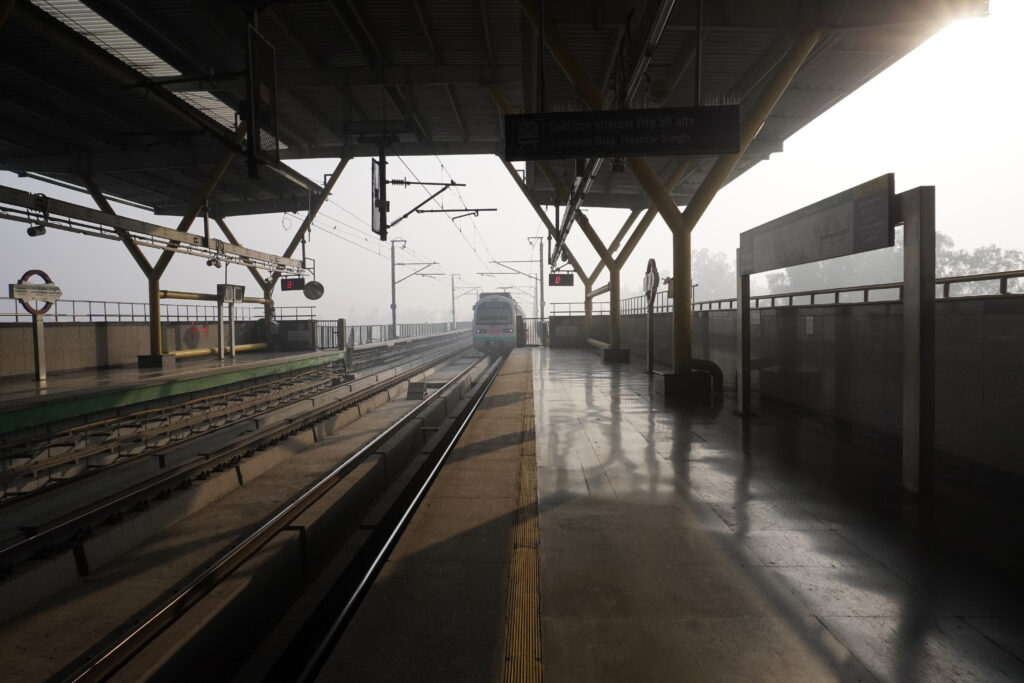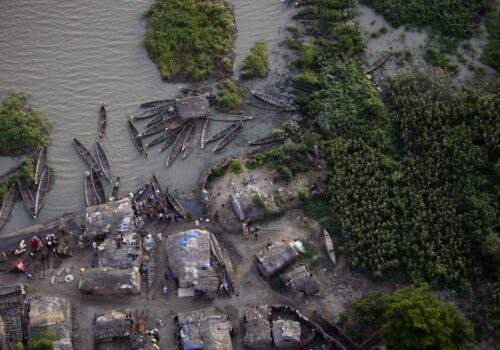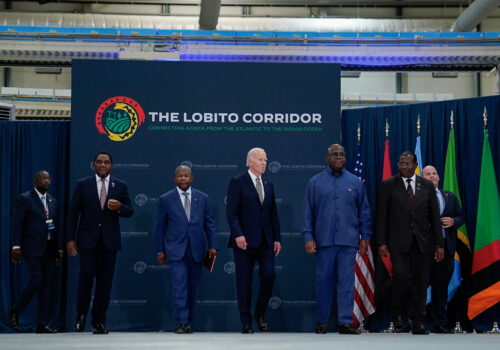Few nations have transformed their urban light rail systems as rapidly or as cost-effectively as India. In just over two decades, the country has emerged as a global leader in urban transit innovation—with the New Delhi metro standing out as its most remarkable success story. Serving more than 4.6 million passengers daily, the network—spanning ten color-coded lines over 218 miles (352 kilometers) and 257 stations—has fundamentally transformed the Indian capital’s public-transport landscape.
With a population approaching six million, Nairobi faces many of the same urbanization challenges as New Delhi and other cities in the Global South: rapid rural-to-urban migration, rising car ownership, and limited space for urban expansion—all putting immense pressure on the city’s transport infrastructure. Exploring the New Delhi model could provide a practical blueprint for addressing these challenges.
Lessons from India for African cities
Several features make the Delhi metro particularly instructive for cities like Nairobi. First, its per-kilometer construction cost of $24 million is not only low but the lowest among Indian metro projects—cheaper than similar endeavors in Mumbai, Bengaluru, Pune, and Chennai. This cost-effectiveness stems from the strong project governance and innovative procurement strategies by the Delhi Metro Rail Corporation (DMRC) and Rail India Technical and Economic Service, which have become sought-after consultants for metro projects both domestically and internationally, including Jakarta, Dhaka, and Mauritius. In New Delhi, DMRC leveraged Japanese engineering support to develop a hybrid model that balanced international standards with economic efficiency. Since Kenya—like many African countries—faces the twin challenge of building affordable infrastructure while managing a heavy debt burden, DMRC’s low-cost approach may be particularly appealing.
Second, India may offer a model that’s easier to replicate for Kenya than China. While the Chinese infrastructure record is impressive—and Chinese firms are still running many of Africa’s big infrastructure projects—its methods are not always applicable to countries with more robust private property protections. Meanwhile, India’s and Kenya’s laws around land acquisition and compensation are far more aligned. Whereas in China, the state can unilaterally appropriate land for public projects, both India and Kenya maintain stronger protections for property owners, including market-value compensation, judicial oversight, and public participation.
Third, the Delhi metro provides valuable lessons in logistical efficiency—and its seamless integration into the city’s urban fabric demonstrates the importance of transit-oriented development (TOD). In August 2025, the system set a new record by carrying 8.1 million passengers in a single day. In a city of more than fifteen million cars, it has significantly helped reduce road congestion, while simultaneously shortening travel times and lowering carbon emissions—all benefits that Nairobi could put to good use.
According to estimates, the Kenyan capital, notorious for its chronic traffic jams, loses an estimated $1 billion annually to congestion. As one of East and Central Africa’s largest economic hubs—accounting for half of Kenya’s formal employment and gross domestic product—it urgently needs a modern transit system incorporating TOD to reach its full economic potential. Not surprisingly, the Nairobi Metropolitan Area Transport Authority has noted that the “lack of a scheduled public transport system and an elaborate non-motorized transport network forces people to use personal vehicles over short distances, whereas they would have otherwise walked, cycled or used public transport.”
The road ahead for Nairobi’s urban transit
However, New Delhi’s experience also offers cautionary lessons: delays in early project phases, coordination failures among institutions, and challenges in integrating the metro with other transport systems. It will therefore be imperative that Nairobi plans for inclusive, equitable urban renewal, adapting rather than directly copying the New Delhi blueprint.
To emulate the Indian capital’s strategy and to avoid its missteps, Nairobi’s metro development should begin by focusing on high-density corridors and low-car-ownership areas, typically low-income neighborhoods. Such an approach would be more pragmatic than its current strategy of expanding highway infrastructure, such as the Nairobi Expressway, given that only 12.9 percent of Nairobi residents owned cars as of 2019. At the same time, the city must mitigate risks of gentrification and rising property prices that can accompany metro expansion.
Ultimate success—not only in Nairobi, but in other rapidly urbanizing African capitals—will depend on how well the New Delhi model can be tailored to the local context. As the continent’s urbanization rate is expected to climb from 45 percent in 2023 to around 60 percent by 2050, low-cost light rail systems will be central to Africa’s transportation future. While cities such as Dakar, Addis Ababa, and Lagos have already successfully implemented urban rail projects, many others will need to follow to live up to the promises of the African Union’s Agenda 2063, which envisions “world class infrastructure [that] criss-crosses Africa.”
Sibi Nyaoga is the program assistant for the Atlantic Council’s Africa Center.
Srujan Palkar is the global India fellow at the Atlantic Council.

The Africa Center works to promote dynamic geopolitical partnerships with African states and to redirect US and European policy priorities toward strengthening security and bolstering economic growth and prosperity on the continent.
Further reading
Tue, Oct 21, 2025
The Lake Chad Basin could power growth instead of conflict
AfricaSource By
Despite vast oil, gas, and mineral wealth, the Lake Chad Basin remains trapped in insecurity. Transforming resources into peace requires transparent governance, community trust, and accountable partnerships that deliver real benefits for citizens across the basin.
Fri, Dec 20, 2024
What to know about the Lobito Corridor—and how it may change how minerals move
AfricaSource By
The United States’ investment in the Lobito Corridor project marks a significant shift in Washington’s approach to engagement with African nations.
Wed, Feb 19, 2025
Why India and Armenia are now taking their relationship to new heights
New Atlanticist By Tatevik Khachatryan, Srujan Palkar
The growing military and diplomatic cooperation between New Delhi and Yerevan benefits both beyond immediate defense concerns.
Image: A Delhi metro train approaches towards a platform on a cold winter morning in New Delhi, India on November 26, 2021. (Photo by Mayank Makhija/NurPhoto)NO USE FRANCE




